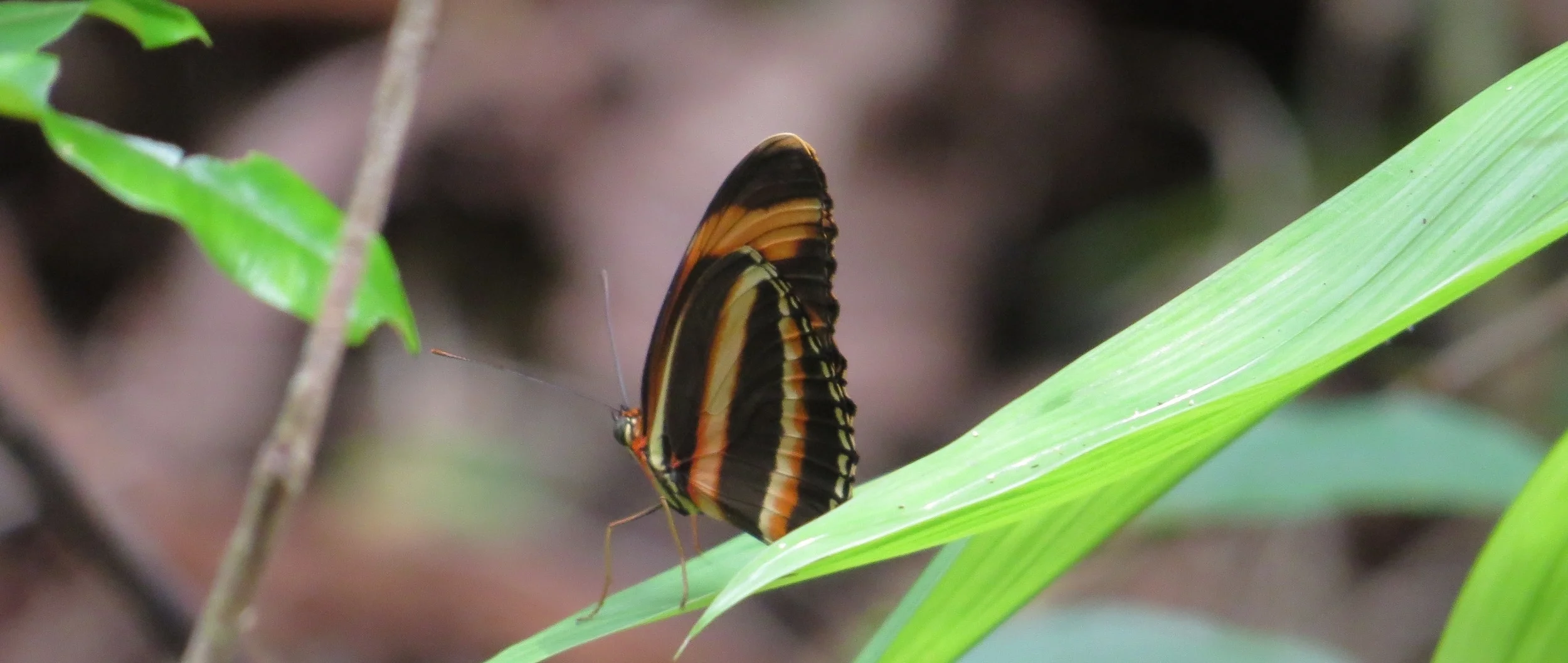Visual & Behavioral Ecology in the 21st Century
Light is perhaps the most important abiotic factor driving biological functions. Here at the visual and behavioral ecology lab, we study how animals have adapted to and are affected by light. How have different light environments selected for different traits such as coloration and vision? How and why have different visual systems evolved? How does anthropogenic light at night affect organisms? We approach these questions from a sensory and behavioral ecological perspective to shed light onto evolutionary and conservation biology.
Behavior, Ecology, Physiology, Evolution, and Conservation
Overall, our research interests lie at how light affects animals. In most cases, we research the visual perception of light by animals but have studied how light can affect thermoregulatory behaviors as well. Currently, we have three main interests within the realm of sensory ecology: 1) Visual ecology in a changing world; 2) Species interactions under novel visual environments; and 3) Light pollution as a driver of insect declines.
Light levels vary over 9 orders of magnitude (a billion times!) from starlight conditions at night to bright sunlight in open habitats. During twilight, these light levels change drastically and this sudden change of light levels is a very important cue for many organisms. Furthermore, natural light levels at night can vary across 4 orders of magnitude depending on lunar phase and lunar altitude. Sidebar - it is tricky to measure such extreme light levels and that is one component of our lab’s research: how does one accurately, quickly (and hopefully without spending 100,000 USD) measure starlight when so much of radiometric equipment is designed for bright conditions such as daylight or electric lighting?
Select biological effects on animals from changing light levels. Each wedge represents a light environment that ranges within an order of magnitude in lux, the numbers at the end of each spoke on the wheel. The right side shows organismal effects from changes in natural light level changes due to twilight and the lunar cycle. The left side shows organismal effects from artificial light level changes due to human lighting. The inner wedges represent the visual scene. For specifics on organisms and resources, check out our pub in Frontiers in Ecology and the Environment that was published in January 2025.
Visual ecology in a changing world
Animals, and other organisms for that matter, have evolved visual and photosystems to maximize gathering important and relevant information from their environment. This information can guide circadian rhythms, predator-prey behaviors, mating behaviors, and many other biologically imperative functions. These imperative functions have cued into different light conditions, which have been stable for millions of years. Unfortunately, these light environments are becoming more and more novel and unnatural due to human alteration of the built environment and artificial lights at night. Our lab investigates how visually-guided behaviors and physiology are altered by artificial light at night and the resulting consequences.
Species interactions under novel visual environments
Most species interactions are due to shared temporal niches. These temporal niches are mostly defined by light levels and due to artificial light at night, species interactions may become altered. For example, top left - Dusk: crepuscular species such as bees may shift their activity and pollinate flowers later at night and/or earlier in the morning. Top right - Early night: many nocturnal species, such as bats and rodents, may remain inactive at night under the presence of ALAN. Bottom left - Night: nocturnal species may aggregate around artificial light sources at night owing to non-homogeneous lighting, such as bats and moths aggregating around artificial light. Bottom right - Dawn: diurnal predators may extend their foraging to earlier in the morning owing to the presence of ALAN and thus increase predation on insects as a result of an extended temporal niche. Click here for the pub: Seymoure et al 2023 Phil Trans. Figure created by our undergraduate alumna, Ashlee Portz.
Our lab is currently investigating how artificial light at night alters predator-prey interactions and pollinator-plant interactions. We have recently shown that the spectral composition of light sources can result in differential predation on moths near light posts.
Light sources come in numerous colors and intensities. We tested if plasticine-clay moths are likely to have greater attack rates dependent upon the wattage and color of nearby streetlights. We found, unsurprisingly, that cool LEDs (4500k) resulted in higher attack rates on moths at night whereas warmer HPS (3000k) resulted in fewer attacks. Very surprisingly, we found that control poles with no direct street lighting had similar attack rates as LEDs! This is likely due to the high amounts of urban light pollution that contain broad wavelengths of light. Check out our pub in Basic and Applied Ecology for details, click here.
We are following up on predator-prey interactions under novel environments here in the Chihuahuan Desert. El Paso-Juarez is a growing metropolis with over 2 million inhabitants, resulting in a large urban footprint. We are currently investigating how natural areas surrounded by urban landscapes will affect predator and prey behaviors. We developed a plasticine model of a very common, large species of moth: the white-lined sphinx moth (Hyles lineata) to test for differential predation across urban rural landscapes. See our 2025 Ecological Entomology pub for details. We are using this moth model to ask many similar questions! Stay tuned.
The white-lined sphinx moth! We currently use this beautiful and charismatic moth to test predation pressures across urban-rural gradients as well as under different light polluted environments. This figure demonstrates that our paper-winged model matches the coloration of an actual moth as measured by a UV-VIS camera. Thus, this model is very natural and enables for an accurate representation of predation pressures on sedentary, perched moths in the wild.
Light pollution as a driver of insect declines.
Both local, direct sources of artificial light (left) and diffuse skyglow… time to go to a party. I will finish this tomorrow :)
Here too…






